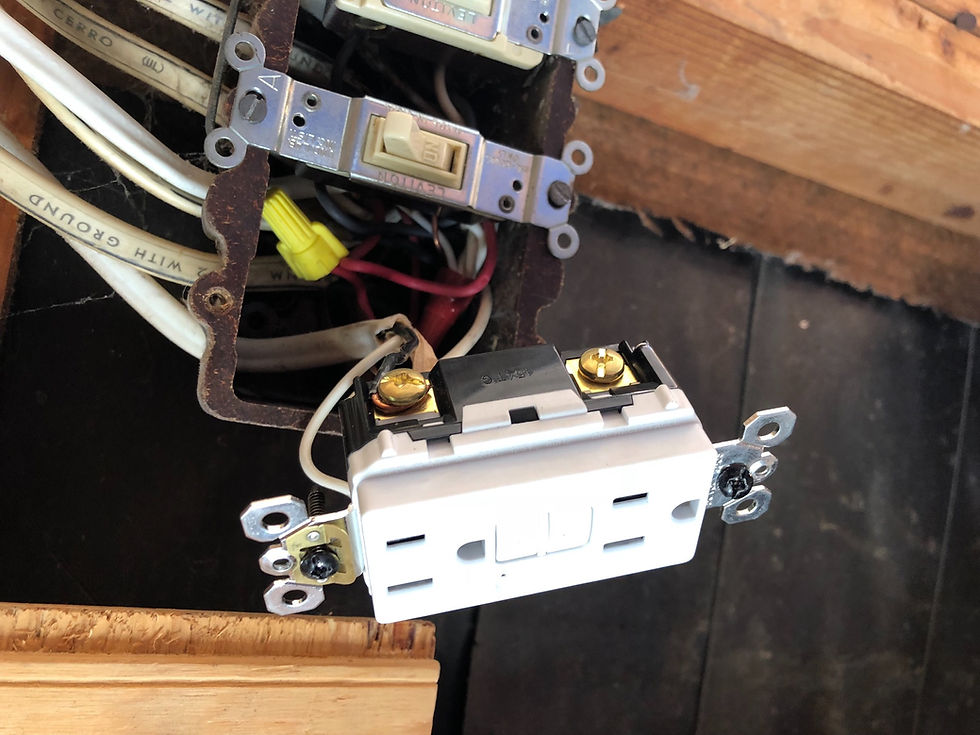"Ensuring Electrical Safety: A Comprehensive Guide for Home and Workplace"
- leoreyes9634
- Dec 20, 2023
- 2 min read
Introduction:
Electrical safety is paramount in both homes and workplaces. Understanding the potential hazards and adopting preventive measures is crucial to safeguard lives and property. In this guide, we'll explore key aspects of electrical safety, offering insights and practical tips for creating a secure environment.
1. Know Your Electrical System:
Understanding your electrical system is the first step to safety. Know the location of your circuit breaker, main electrical panel, and any shut-off switches. Familiarize yourself with the layout of wiring in your home or workplace.
2. Regular Inspections:
Conduct routine inspections to identify any worn-out wiring, damaged outlets, or appliances. Replace or repair any faulty components promptly to prevent potential electrical hazards.
3. Overloading Prevention:
Overloading outlets and circuits is a common cause of electrical fires. Distribute the load evenly across circuits, avoiding the use of too many high-wattage appliances on a single outlet.
4. Proper Use of Extension Cords:
Extension cords are convenient but should be used cautiously. Avoid running them under carpets or across walkways, and never overload them. Use extension cords as a temporary solution rather than a permanent one.
5. Grounding and Polarization:
Ensure that your electrical system is properly grounded, and follow the polarization of plugs. This reduces the risk of electric shock and protects your appliances.
6. Appliance Safety:
Regularly check the condition of your appliances. Frayed cords, sparks, or unusual odors indicate a potential problem. Repair or replace damaged appliances immediately.
7. Water and Electricity Don't Mix:
Keep electrical appliances and outlets away from water sources. Install Ground Fault Circuit Interrupters (GFCIs) in areas where water and electricity may come into contact, such as kitchens and bathrooms.
8. Educate and Train:
If you're in a workplace setting, ensure that employees are educated about electrical safety protocols. Conduct regular training sessions to reinforce safe practices and emergency procedures.
9. Emergency Preparedness:
Have a clear plan for dealing with electrical emergencies. This includes knowing how to shut off the power, having fire extinguishers accessible, and understanding evacuation procedures.
Conclusion:
Prioritizing electrical safety is an investment in the well-being of your home or workplace. By following these guidelines and remaining vigilant, you can create a secure environment, minimizing the risks associated with electrical hazards. Stay safe, stay informed.



Comments